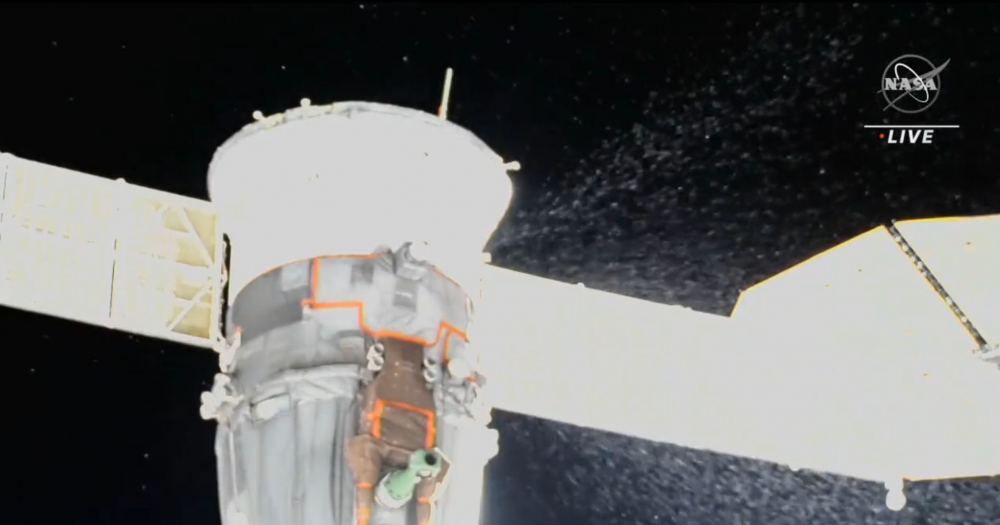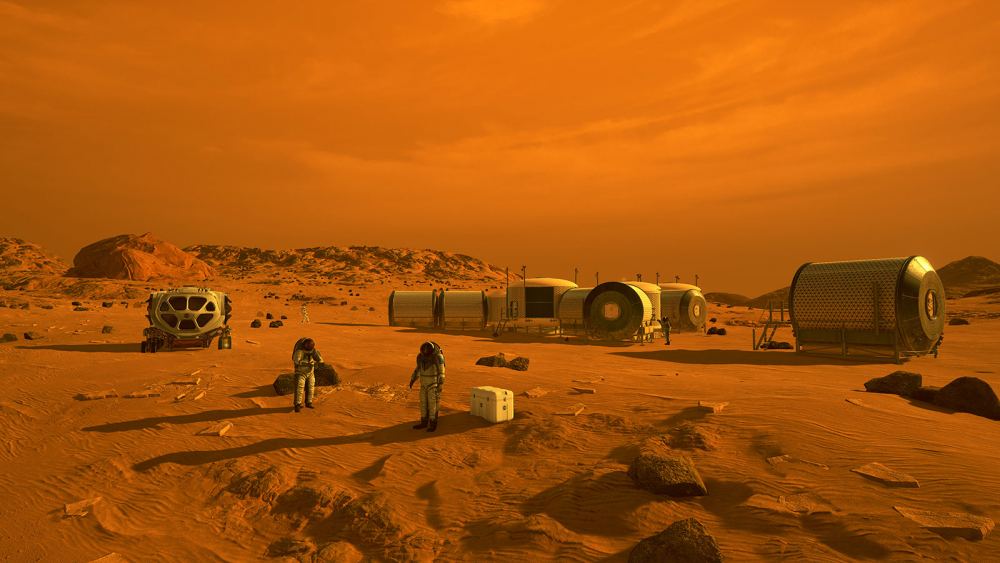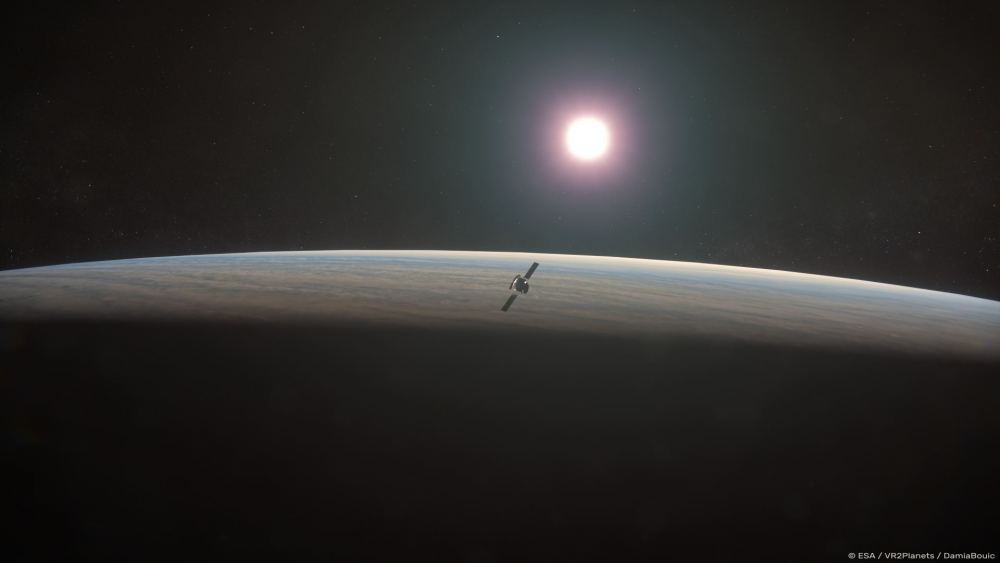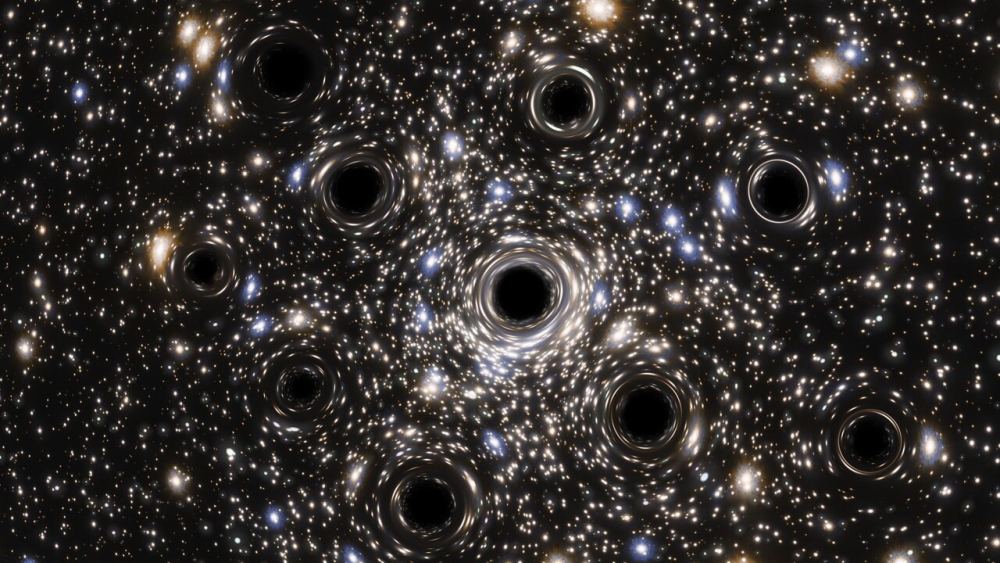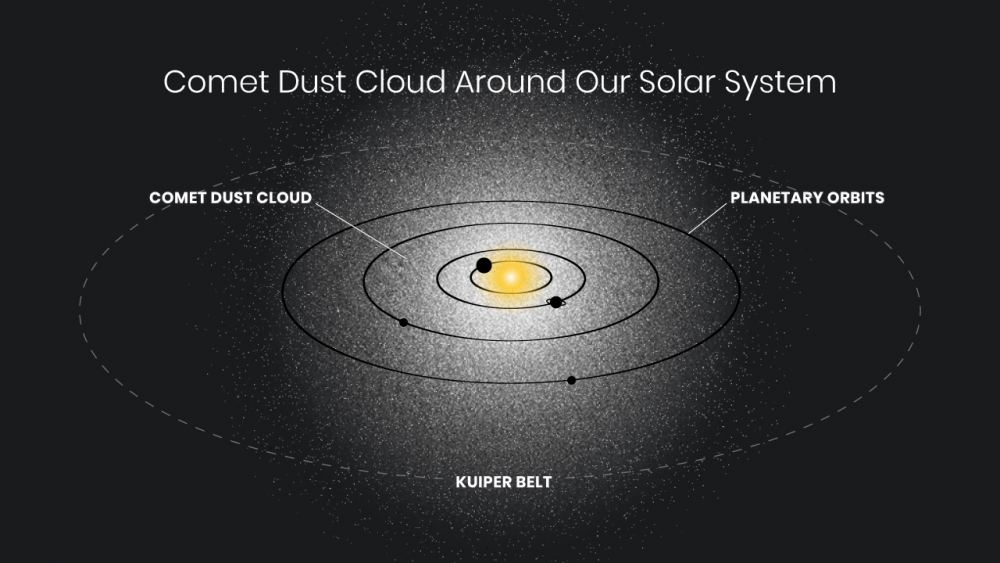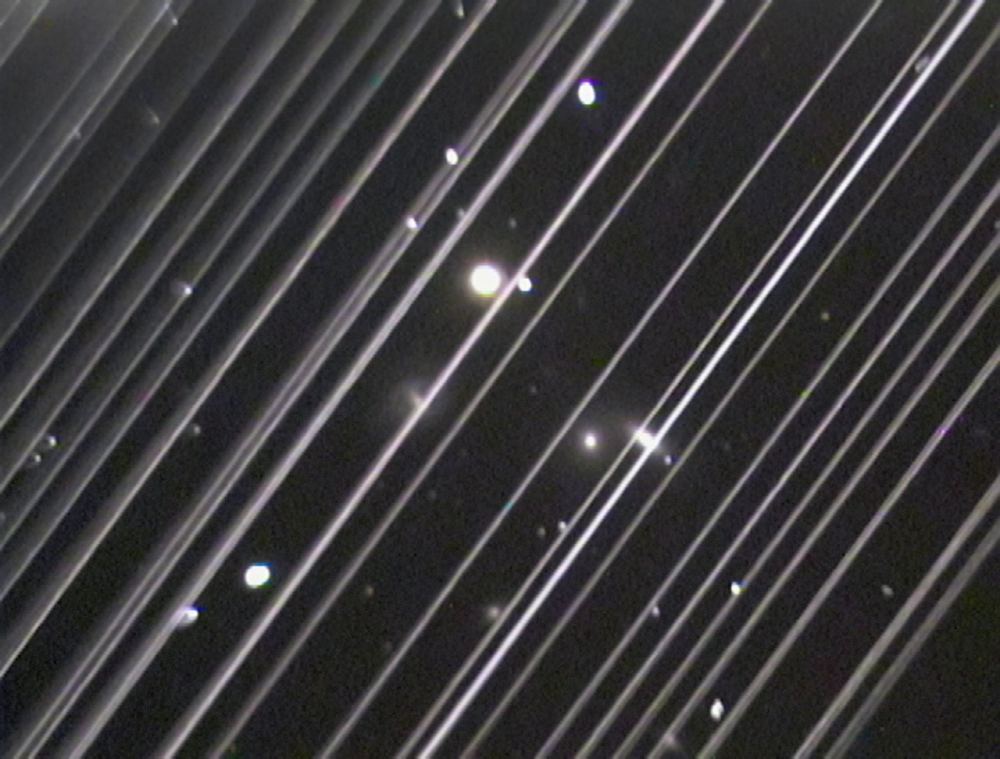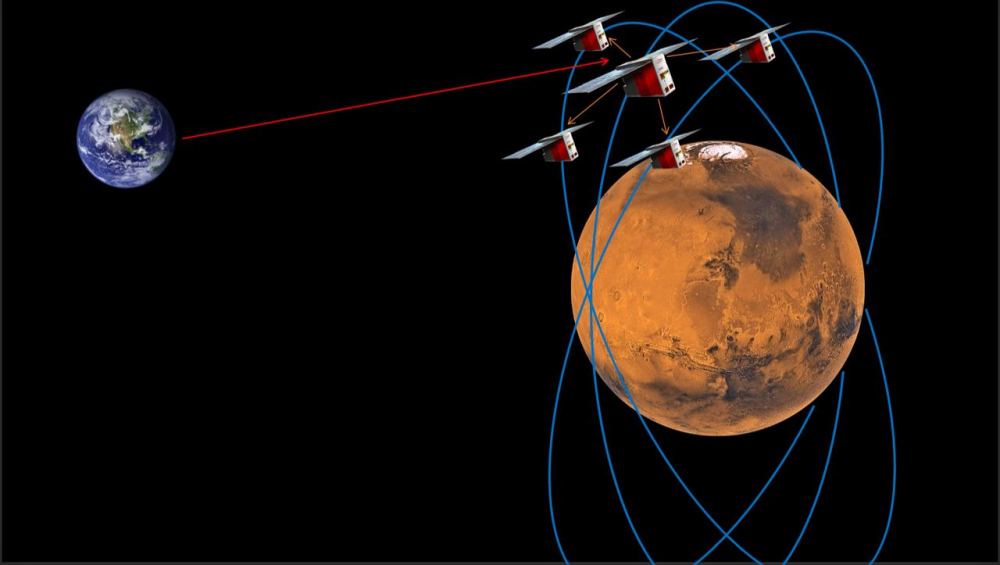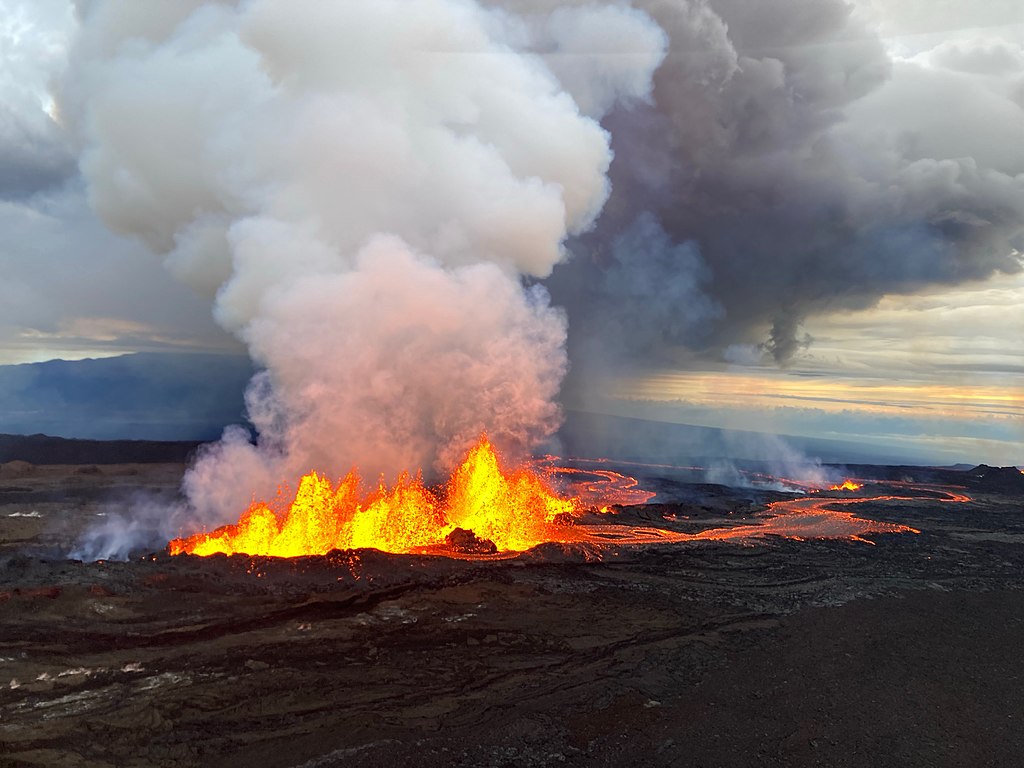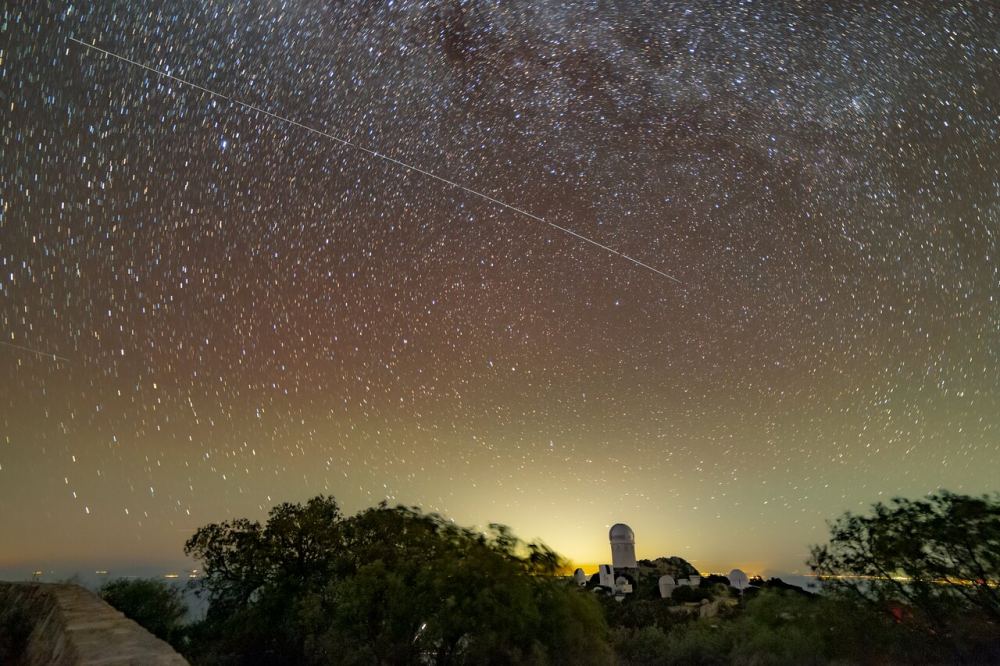There is an ongoing incident at the International Space Station involving a coolant leak from a docked Soyuz MS-22 crew ship. Just as Roscosmos cosmonauts Sergey Propokyev and Dmitri Petelin were getting ready to do a spacewalk to relocate a radiator, ground teams in Moscow noticed the leak. The spacewalk was cancelled immediately.
Continue reading “A Soyuz Capsule on ISS is Leaking Coolant Into Space”A Soyuz Capsule on ISS is Leaking Coolant Into Space
